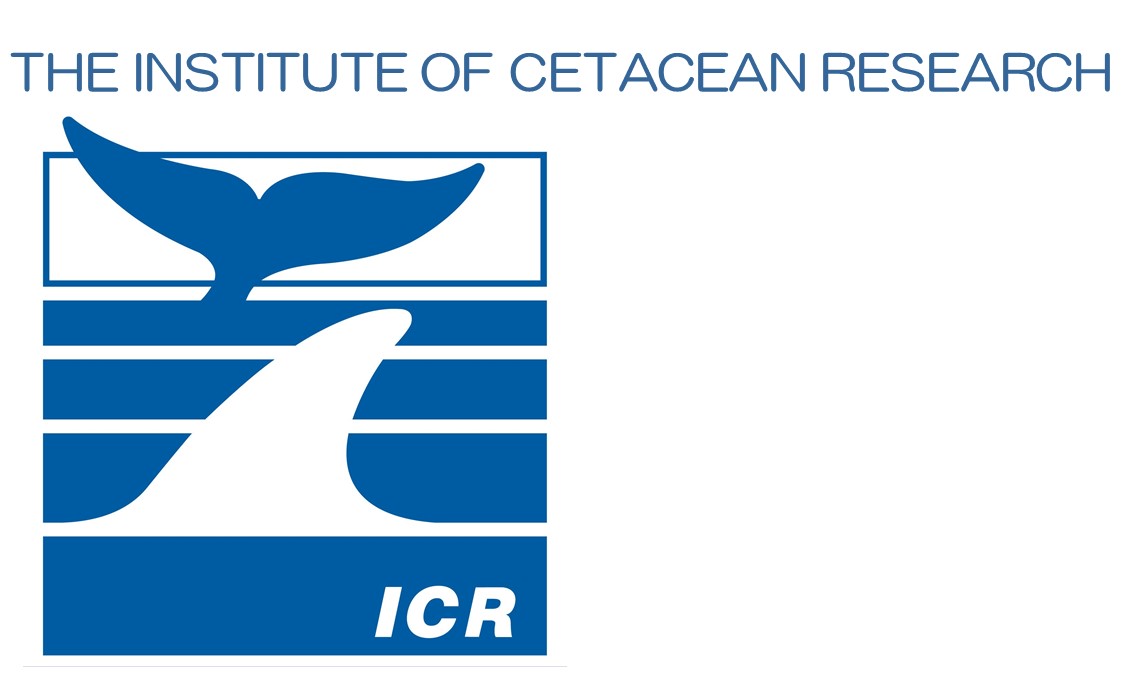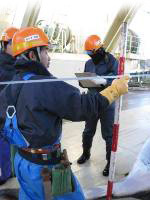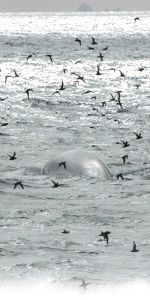- You are here:
- Home>
- English Sitemap>
- Research>
- Research Results>
- JARPA/JARPA II research results
Research Results
JARPA/JARPA II research results
The JARPA∗ was conducted during the austral summer seasons from 1987/88 to 2004/05. The JARPA had four main objectives: a) estimation of biological parameters to improve the stock management of the Southern Hemisphere minke whale; b) elucidate the role of whales in the Antarctic marine ecosystem; c) elucidation of the effect of environmental change on cetaceans; and d) elucidation of the stock structure of Southern Hemisphere minke whales to improve management.
The outcome of JARPA is that we now know more about the status of whale stocks and whale biology than at any time in history and this knowledge continues to increase each year.
Following a mid-term review in 1997, the most recent JARPA review by the IWC's Scientific Committee in December 2006 concluded that:
"the dataset provides a valuable resource to allow investigation of some aspects of the role of whales within the marine ecosystem and that this has the potential to make an important conntribution to the Scientific Committee's work in this regard as well as the work of other relevant bodies such as the Convention for the Conservation of Antarctic Marine Living Resources" and,
"the results from the research program have the potential to improve management of minke whales in the Southern Hemisphere"
Based on the results of JARPA, in 2005 Japan began a new and expanded program called JARPA II.
JARPA II started with two feasibility surveys in the austral summer seasons of 2005/06 and 2006/07. The first full survey started in the 2007/08 season. The objectives of the JARPA II are the following: a) monitoring the Antarctic ecosystem (whale abundance trends and biological parameters; krill abundance and the feeding ecology of whales; effects of contaminants on cetaceans; cetacean habitat); b) modeling competition among whale species and future management objectives (constructing a model of competition among whale species; new management objectives including the restoration of the cetacean ecosystem); c) elucidation of temporal and spatial changes in stock structure; and d) improving the management procedure for Antarctic minke whale stocks.




